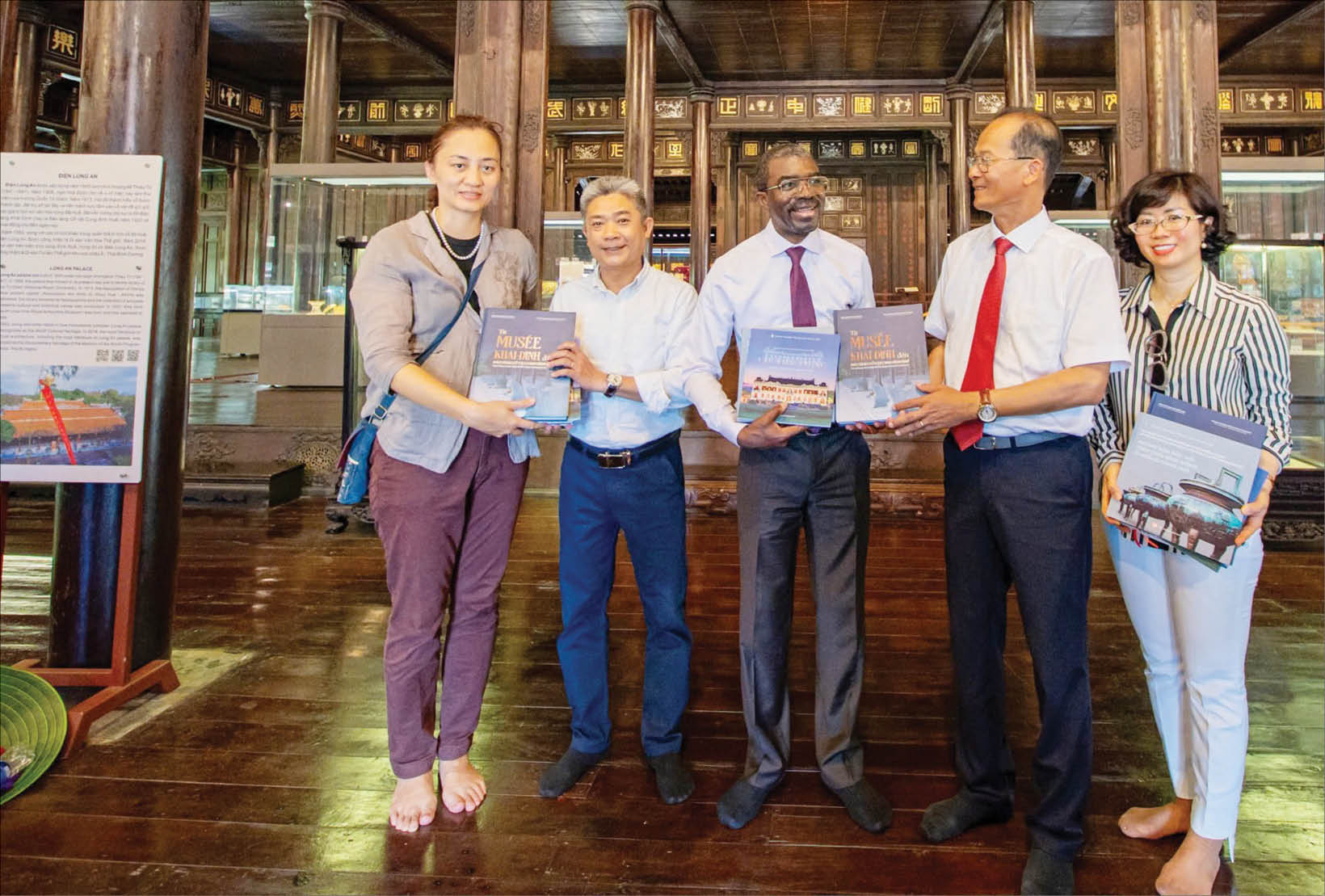 |
| Director of the UNESCO World Heritage Center Lazare Eluondo visited the Hue Royal Antiquities Museum in late May 2025 |
Preservation under limited conditions
The Hue Museum of Royal Antiquities (CVCĐ) is preserving more than 11,000 Nguyen Dynasty artifacts, including 38 national treasures. These are thrones, royal costumes, seals, royal utensils..., vivid evidence associated with the history of the Nguyen Dynasty spanning over 3 centuries. In addition, there are about 9,000 artifacts being stored according to the Museum's management list and over 2,700 other artifacts scattered at more than 10 relic sites, such as the tombs of kings Gia Long, Minh Mang, Thieu Tri, Tu Duc, An Dinh Palace, Hue Nam Palace and many works in the Imperial City.
“We want each relic to not only be a tourist destination, but also a storytelling space - where artifacts speak up, so that visitors can gain a deeper understanding of history,” said Mr. Ngo Van Minh, Director of the Hue Museum of Antiquities, about the space displaying artifacts.
However, the journey to preserve these precious artifacts is not easy, especially in the harsh tropical climate of Hue, combined with limited facilities. The artifacts must be classified by material: wood, bronze, porcelain, fabric... and apply a separate preservation regime. The museum warehouse is maintained with 24/7 temperature and humidity control. With textiles, due to their vulnerable nature, the original artifacts are almost never displayed, only restored copies.
Protecting artifacts is also a job that requires extreme caution. In addition to the police force on duty to protect the target, the antiquities warehouse is strictly controlled by a surveillance camera system, double-layer doors, and the warehouse opening process requires the simultaneous participation of security guards and management staff. “Although there have been improvements, compared to international museums - where they can build underground earthquake-proof warehouses and equip them with state-of-the-art protection technology, our conditions are still modest,” said Mr. Minh.
In parallel with physical preservation, the Hue Museum of Archaeology is also transforming towards digitizing artifacts. Currently, 10 artifacts are displayed virtually, and the pilot digitalization of nearly 100 more artifacts is underway, covering many topics such as: royal cuisine , nine tripods, costumes, rituals, etc.
Another major bottleneck is the current exhibition space. Although Long An Palace has architectural and historical value, it is too narrow and not suitable for modern museum functions. “If we want the Museum to truly promote its value, we need a new, larger and more synchronous space,” emphasized Mr. Hoang Viet Trung, Director of the Hue Monuments Conservation Center (HMCC).
Orientation towards a museum in the heart of heritage
From the existing shortcomings, the Hue Monuments Conservation Center is implementing the planning to build a new Hue Monuments Conservation Museum - a modern museum, integrating conservation, education and experience. Accordingly, the new museum is not only a place to "display antiques" but also a place to "tell vivid historical stories". Treasures such as the Giao ceremonial dress, the Nguyen Dynasty seal, the Duy Tan throne or the Minh Mang reliefs... will not only be present in glass cabinets but will be interpreted through technology, light, images and emotions. "We want to create a space for learning and discovery for the young generation, so that heritage is not only in textbooks but also comes alive in everyday life", Mr. Trung said.
The new museum is expected to be planned in the area connecting Long An Palace, Te Tuu House, Quoc Tu Giam and Cham antiquities exhibition area. The structure will include: permanent exhibition area, thematic area, outdoor area, restoration - preservation area, educational and creative space, and cultural and relaxation service system for the public.
This orientation is consistent with the direction of the Prime Minister in Notice No. 137/TB-VPCP, the exhibition space must reflect the unique features of the Nguyen Dynasty's royal life through collections of artifacts, projection and interaction technology, modern and synchronous equipment, and attractive design of discovery and experience spaces.
From there, Hue hopes to have a “soft” museum - a place that not only displays objects, but also spreads knowledge, inspiration and national pride. Dr. Reigh Young Bum, Director of the Korean Institute of Architecture and Urban Studies, once proposed that the future Hue Historical Museum Complex should integrate many social and educational values, not just stop at simple display.
The city is also preparing to implement a project to restore the Imperial Academy - which used to be the first "university" of the Nguyen Dynasty. Once completed, this place will become a center for specialized exhibitions on education and culture of the Nguyen Dynasty. This will be one of the important links in the future ecosystem of Hue heritage museums.
At the Hue Museum of the Antiquities, we met Mr. Nguyen Tuan Dung, a tourist from Ho Chi Minh City, who was meticulously examining each artifact in Long An Palace. He said: “I have been to several museums in Europe, they tell stories very well. Looking at a shirt or a sword, you can immediately know the period, the character, and the meaning. Here, the artifacts are very valuable, but the way they are displayed is not really attractive. I hope Hue will have a more modern museum, still preserving the ancient spirit but more accessible for young people.”
Hopefully in the near future, Hue will have a worthy museum, not only a place to preserve the memories of the dynasty but also a modern, vibrant cultural center in the heart of the heritage, continuing to spread Vietnamese cultural values to the world.
Source: https://huengaynay.vn/van-hoa-nghe-thuat/ky-vong-ve-mot-bao-tang-xung-tam-156028.html


![[Photo] Prime Minister Pham Minh Chinh receives Lao Minister of Labor and Welfare Phosay Sayasone](https://vphoto.vietnam.vn/thumb/1200x675/vietnam/resource/IMAGE/2025/11/11/1762872028311_dsc-2246-jpg.webp)
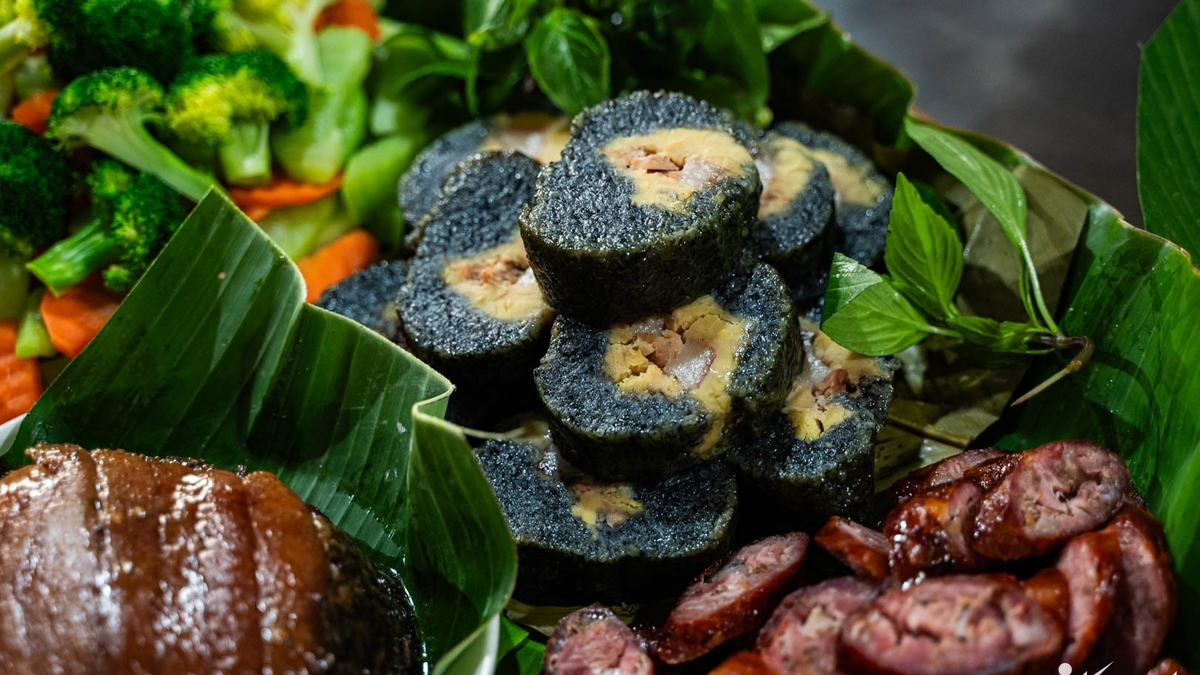




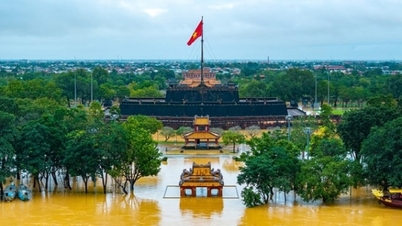

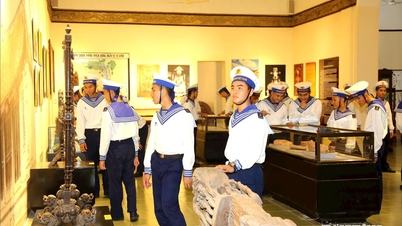

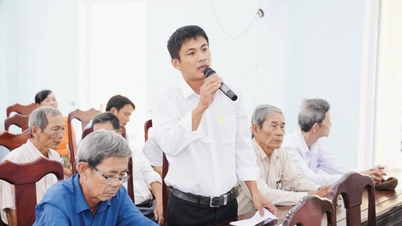
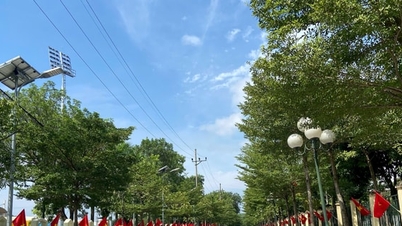

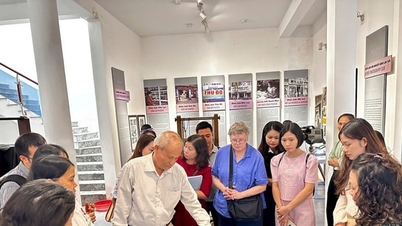


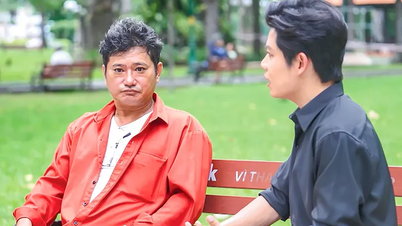

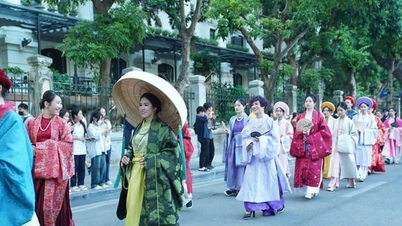
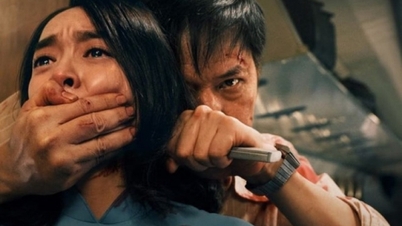

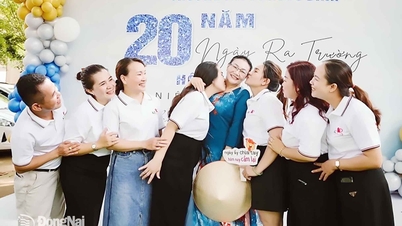








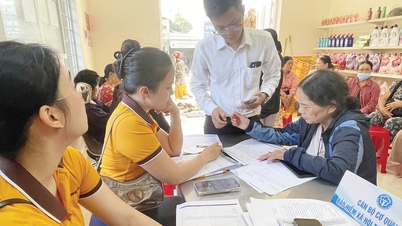




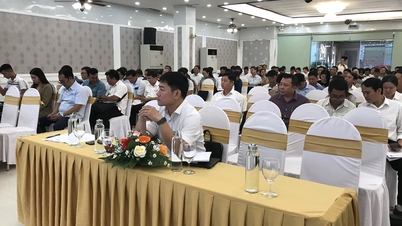






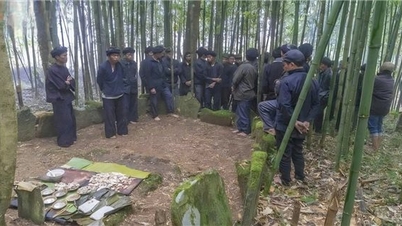


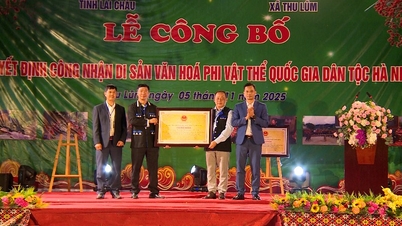



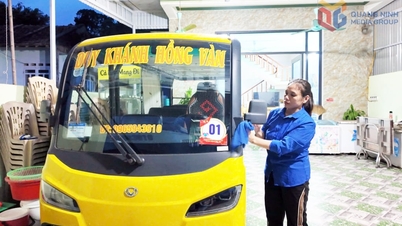


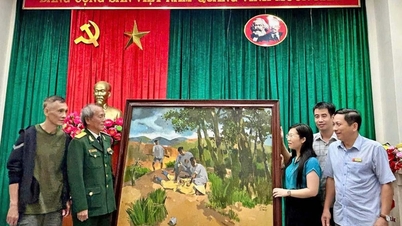

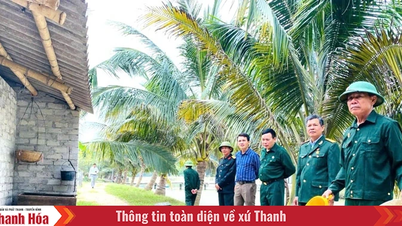









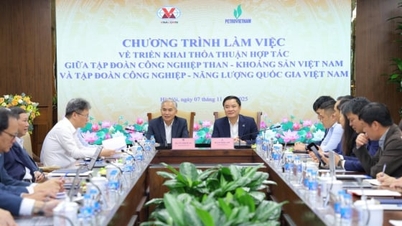
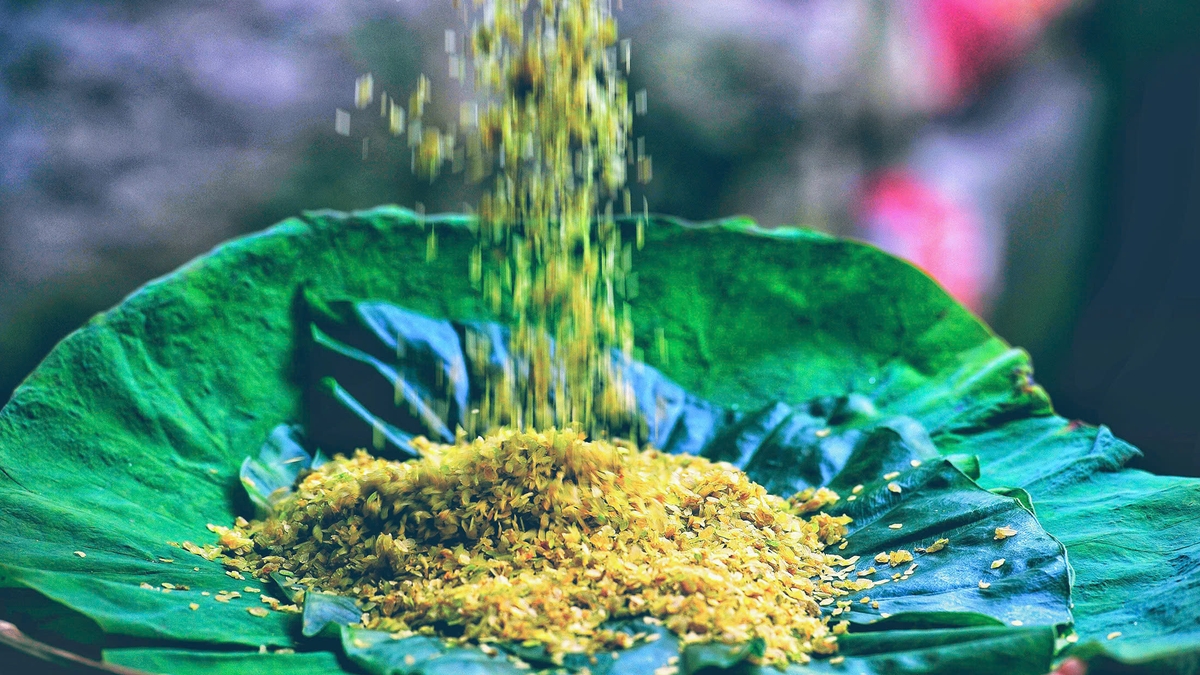










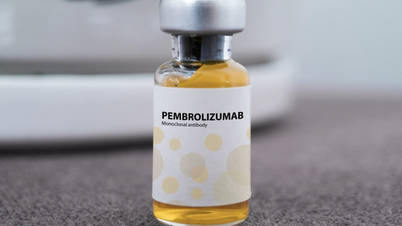

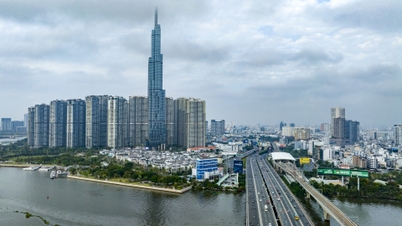
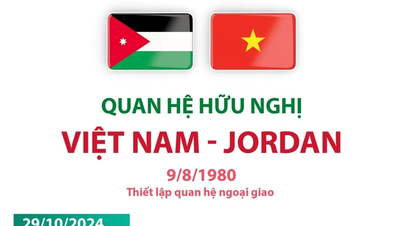








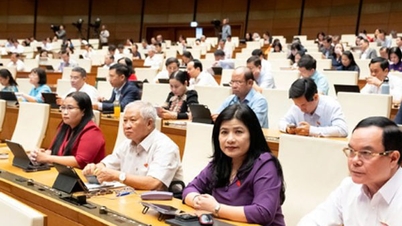
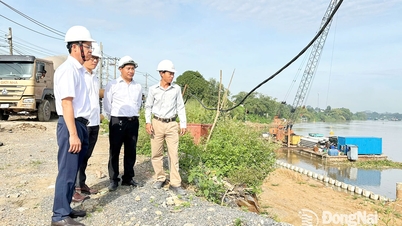
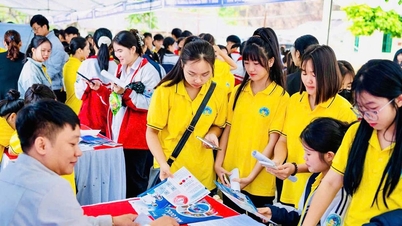

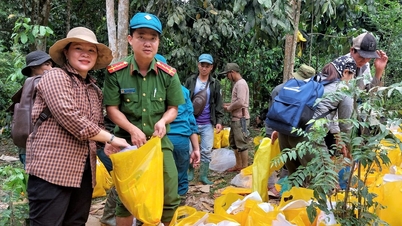

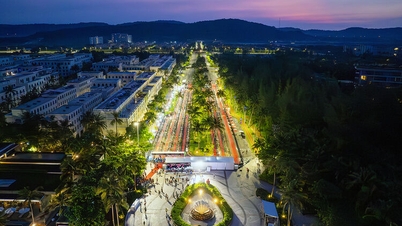

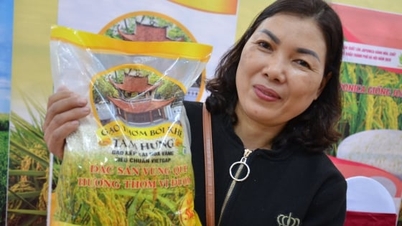
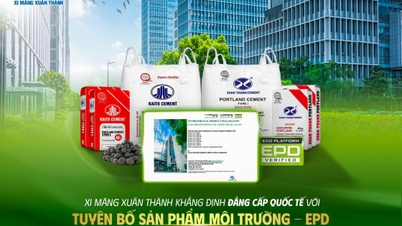
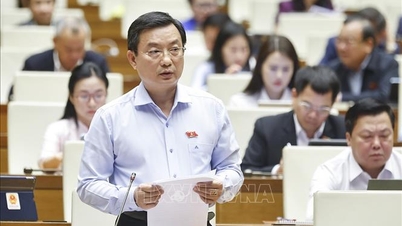

![Dong Nai OCOP transition: [Article 3] Linking tourism with OCOP product consumption](https://vphoto.vietnam.vn/thumb/402x226/vietnam/resource/IMAGE/2025/11/10/1762739199309_1324-2740-7_n-162543_981.jpeg)





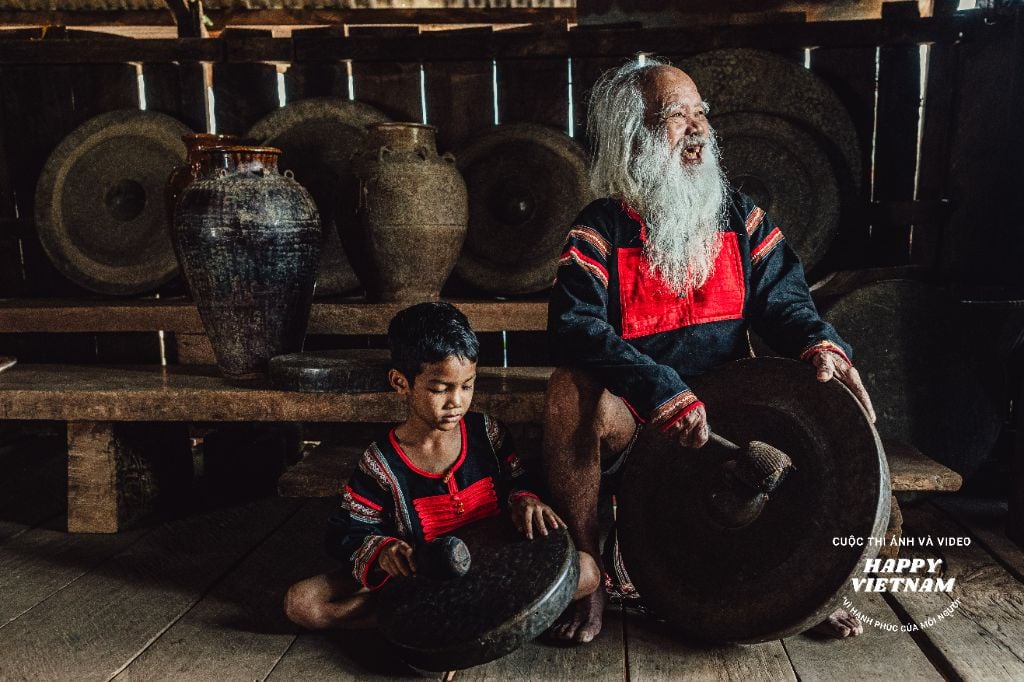


Comment (0)